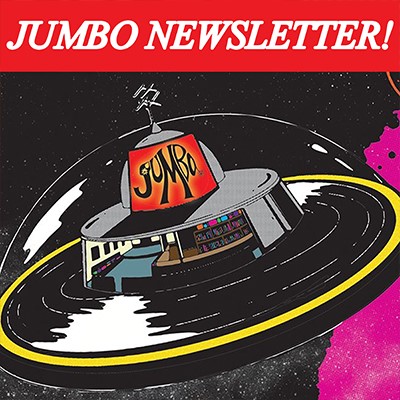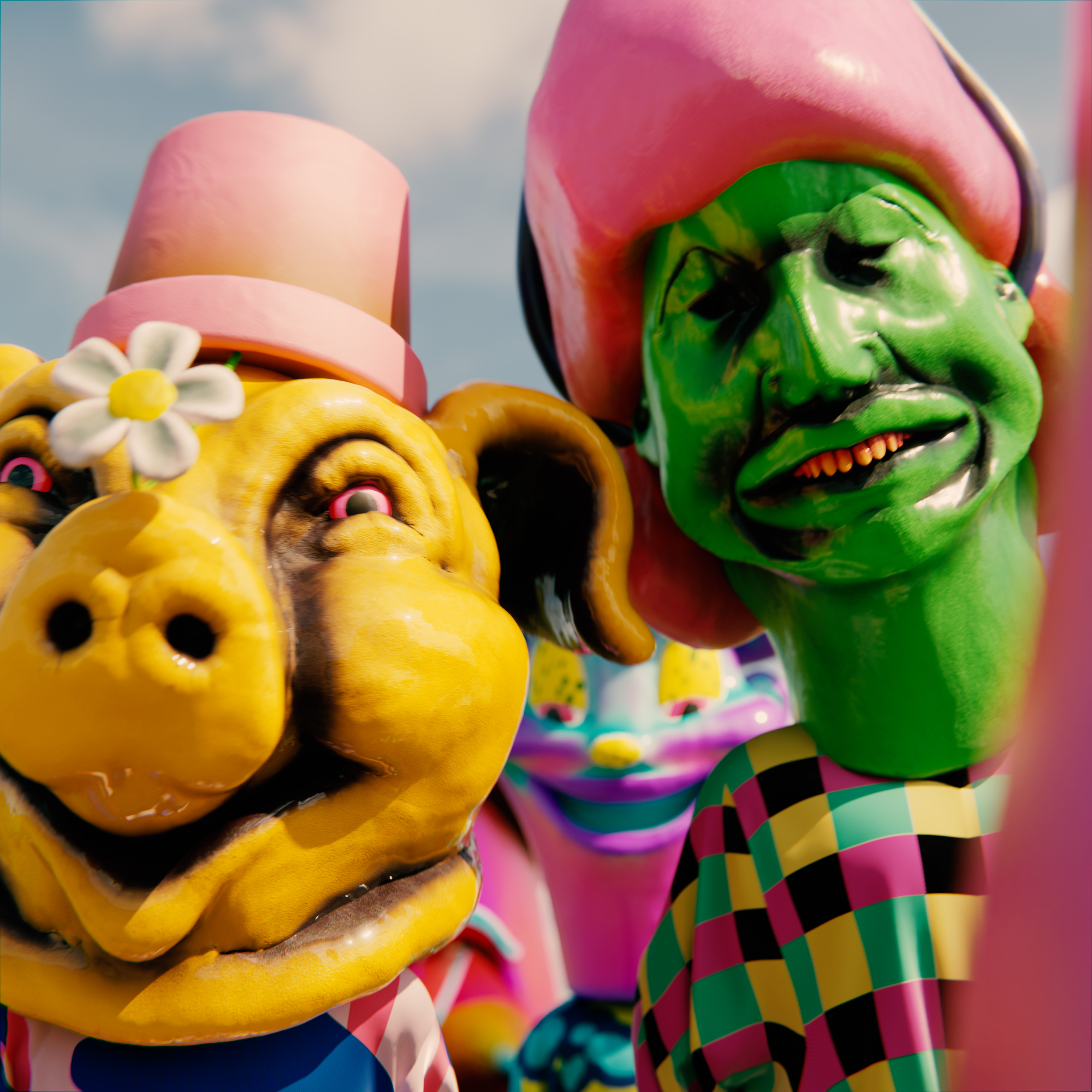Friday 22.09.2023
SOLD OUT
Further Information
Scalarama Leeds Presents... A Film About Studio Electrophonique with Live Music and Q&A Session
6pm - Doors
6.30pm - Live Set from Studio Electrophonique Singer James Leesley
7pm - Film Screening
8pm - Q&A Session with James Leesley and Director Jamie Taylor
An unassuming council estate semi in Sheffield was the location of an underground studio that nurtured a generation of superstars, such as ABC, The Human League, Heaven 17, Clock DVA and Pulp. A Film About Studio Electrophonique. This feature documentary, narrated by Sean Bean, uncovers the story of the Ballifield council-estate semi that housed Studio Electrophonique, the home studio owned by Ken Patten: panel beater, fly fisherman, water skier and midwife at the birth of electronic music in the North.
The golden age of Sheffield pop had its first stirrings in the hollow, death-marked era of Threads, Thatcher and mass redundancy. The cultural landscape was one of dole-nourished musical manifestos and self-assembled synthesisers sent through the post. Pop music pilgrims arriving in Sheffield may struggle to locate its landmark sites. They are unheralded and unmarked, yet still emit a faint looped analogue pulse for those devoted enough to seek them out: the attic room in Lemont Road, Totley where Cabaret Voltaire first assembled, the house on Stanhope Road, Intake where Pulp’s single Babies came from, the condemned dead end in Barber Terrace where ABC conjured glamour out of margarine sandwiches and pure imagination.
The most secret and sacred of all these signless places, however, is the Ballifield council-estate semi that housed Studio Electrophonique, the home studio owned by Ken Patten. Now vacant, 32 Handsworth Grange Crescent, across from The Everest pub, is where the first recordings were made for early incarnations of the bands that became The Human League, ABC, Heaven 17, Def Leppard, Clock DVA and Pulp. Not to mention the more esoteric and rarer sounds of The Electric Armpits, The Naughtiest Girl Was a Monitor and Systematic Annex, whose track Death Trades was recorded at Ken’s in 1984 yet failed to arouse the interest of those compiling Now That’s What I Call Music 4. Ken’s work never attracted the attention of the masses and, by the time the landmark albums Dare and Lexicon of Love started to shift units, the bands had all bought yachts – or at least gold lamé suits – and Ken had shifted back to his own unit, knocking out dents in a garage beneath the Wicker Arches.
YouTube







